The Incredible Benefits of Banana Palm Plants: A Complete Guide
Banana palm plants (Musa spp.) are not only iconic for their tropical appearance and sweet fruit, but they also offer a wide array of benefits—ranging from environmental advantages to nutritional value, aesthetic beauty, and medicinal uses. Native to Southeast Asia but cultivated around the world, these versatile plants can transform gardens, boost local ecosystems, and enrich human health. Whether you’re a gardener, farmer, health enthusiast, or plant lover, banana palms offer plenty of reasons to grow and appreciate them.
In this comprehensive guide, we will explore the top benefits of banana palm plants under various categories.
Banana palm plants are more than just fruit-producing trees—they are truly multi-purpose powerhouses.
1. Nutritional Benefits of Banana Palms
A. Rich in Nutrients
The most obvious benefit of banana palms is the nutritious fruit they produce. Bananas are an excellent source of:
Potassium, which helps maintain proper heart and muscle function.
Vitamin B6, which supports brain health and hormone regulation.
Vitamin C, an antioxidant that strengthens the immune system.
Dietary fiber, which aids in digestion and bowel regularity.
B. Instant Energy Source
Bananas are high in natural sugars like glucose, fructose, and sucrose, making them an excellent natural energy booster. Athletes and fitness enthusiasts often rely on bananas for a quick energy recharge.
C. Digestive Aid
Bananas are gentle on the stomach and can help soothe indigestion. The pectin in bananas also helps in detoxifying the body and regulating bowel movements.
2. Environmental Benefits of Banana Palms
A. Soil Enrichment
Banana palms improve soil health by:
Adding organic matter when old leaves and stems decompose.
Preventing soil erosion due to their dense and wide-spreading root system.
Retaining moisture in the soil, thus reducing the need for frequent watering.
B. Oxygen Production
Like other plants, banana palms photosynthesize and release oxygen, contributing to cleaner and more breathable air in the surroundings.
C. Microclimate Regulation
Banana palms provide shade and cooling in hot regions. Their large leaves can reduce surrounding temperatures and offer a comfortable environment for both people and wildlife.
3. Ornamental and Aesthetic Benefits
A. Exotic Look for Landscaping
Banana palms are a popular choice in landscaping because of their tropical, lush appearance. Their large, dramatic leaves and tall, graceful trunks can transform a simple garden into a paradise.
B. Ideal for Indoor and Outdoor Decor
Dwarf banana varieties are used as indoor ornamental plants. They add a bold and green element to interior design, especially in sunlit areas like balconies, patios, and lobbies.
C. Attracting Wildlife
Banana palms can attract birds, butterflies, and small animals, which enhances the biodiversity of the garden and promotes natural pest control.
4. Economic and Agricultural Benefits
A. High Yield and Profitability
Bananas are one of the most widely grown and commercially valuable fruits in the world. The banana palm is a high-yielding plant, producing bunches with dozens of bananas per stalk. This makes them ideal for both small-scale gardens and large-scale farms.
B. Multiple Usable Parts
Almost every part of the banana palm has a commercial or practical use:
Fruit – sold fresh, dried, or used in products like chips and smoothies.
Leaves – used as natural food wrappers or plates, especially in South Asian and African cultures.
Fibers – extracted from the stem and used in handicrafts, ropes, and textiles.
Flowers – edible and used in many traditional recipes.
C. Employment and Income
The cultivation, processing, and selling of banana products create employment opportunities for thousands of people worldwide, supporting rural economies.
5. Medicinal and Therapeutic Benefits
A. Natural Antacid
Bananas can neutralize stomach acid and help with acid reflux, heartburn, and ulcers. They form a protective coating in the stomach lining.
B. Mood Booster
Bananas contain tryptophan, an amino acid that the body converts into serotonin, the mood-regulating neurotransmitter. Regular consumption of bananas may help reduce symptoms of depression and anxiety.
C. Supports Heart Health
The high potassium content in bananas contributes to lower blood pressure and reduced risk of cardiovascular diseases.
D. Anti-inflammatory Properties
Banana stems and flowers are used in Ayurvedic and traditional medicine to treat conditions like kidney stones, urinary tract infections, and high blood sugar.
6. Sustainability and Zero Waste
A. Zero-Waste Plant
Banana palms are known for being almost completely usable:
Fruit is consumed.
Leaves are used for wrapping, cooking, or serving food.
Trunks are used for compost, mulch, or animal feed.
Stems can be processed for fiber.
This makes banana palms eco-friendly and promotes zero-waste living.
B. Compostable Material
The parts of the banana plant that are not consumed are biodegradable and can be added to compost, enriching the soil and reducing landfill waste.
Note:Banana palm plants are more than just fruit-producing trees—they are truly multi-purpose powerhouses.
7. Cultural and Religious Importance
A. Symbol of Prosperity
In many cultures, banana palms symbolize fertility, prosperity, and abundance. They are often planted near homes or temples to invite good fortune.
B. Religious Use
In Hinduism and Buddhism, banana plants are considered sacred. Leaves and fruits are used during festivals, weddings, and religious rituals.
C. Traditional Practices
In regions like India, Sri Lanka, and Southeast Asia, banana leaves are used for serving food, especially during festivals and community feasts.
8. Edible Flower and Stem Benefits
A. Banana Flower (Blossom)
Banana flowers are rich in iron, fiber, and antioxidants. Common in South Asian and Southeast Asian cuisine, they are used to:
Control diabetes
Reduce menstrual bleeding
Improve lactation in breastfeeding mothers
Support digestive health
B. Banana Stem
Banana stems are juiced or cooked and are believed to:
Help with weight loss
Detoxify the body
Aid in kidney stone prevention
Improve bowel movement due to their high fiber content
9. Banana Leaves: A Natural Resource
A. Cooking and Food Preservation
Banana leaves are used for:
Wrapping food for steaming, grilling, or baking (adds a subtle aroma).
Serving as eco-friendly plates or trays.
Preserving food naturally due to their antioxidant and antibacterial properties.
B. Non-Stick Alternative
Banana leaves have a natural waxy coating, making them perfect for cooking sticky foods like rice or dough without using oil.
C. Biodegradable and Sustainable
Unlike plastic or aluminum foil, banana leaves are fully biodegradable, making them an eco-friendly choice for sustainable living.
10. Adaptability and Easy Maintenance
A. Fast Growth
Banana palms grow rapidly and mature within a year, making them a quick option for fruit or landscaping.
B. Easy Propagation
They can be propagated through suckers (pups) from the mother plant, making it simple to expand your banana garden.
C. Minimal Maintenance
Banana plants are generally low-maintenance if planted in a sunny location with well-drained soil and regular watering.
11. Use in Agroforestry and Permaculture
Banana palms are a valuable component in agroforestry systems and permaculture designs. They can be intercropped with other species and used to:
Provide shade for sensitive plants.
Reduce wind damage for smaller crops.
Offer mulch material when old leaves and stems are chopped and dropped.
Conclusion
Banana palm plants are more than just fruit-producing trees—they are truly multi-purpose powerhouses. Their value stretches from health and nutrition to economic viability, environmental sustainability, cultural significance, and aesthetic appeal.
Whether you’re growing them for their delicious bananas, using their leaves as biodegradable packaging, or enjoying their ornamental beauty, banana palms bring countless benefits to individuals and communities alike. Investing in banana palms—either in your backyard or on a commercial scale—is a step toward a healthier, more sustainable, and more profitable future.
Would you like this content broken into blog format, SEO-optimized with meta descriptions and headings, or translated into Urdu or another language?
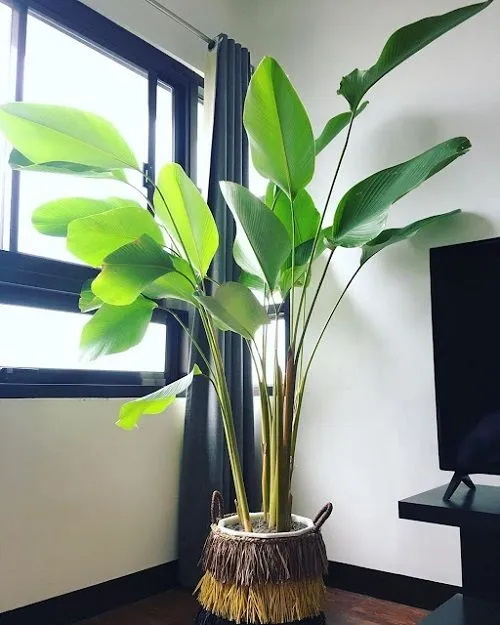
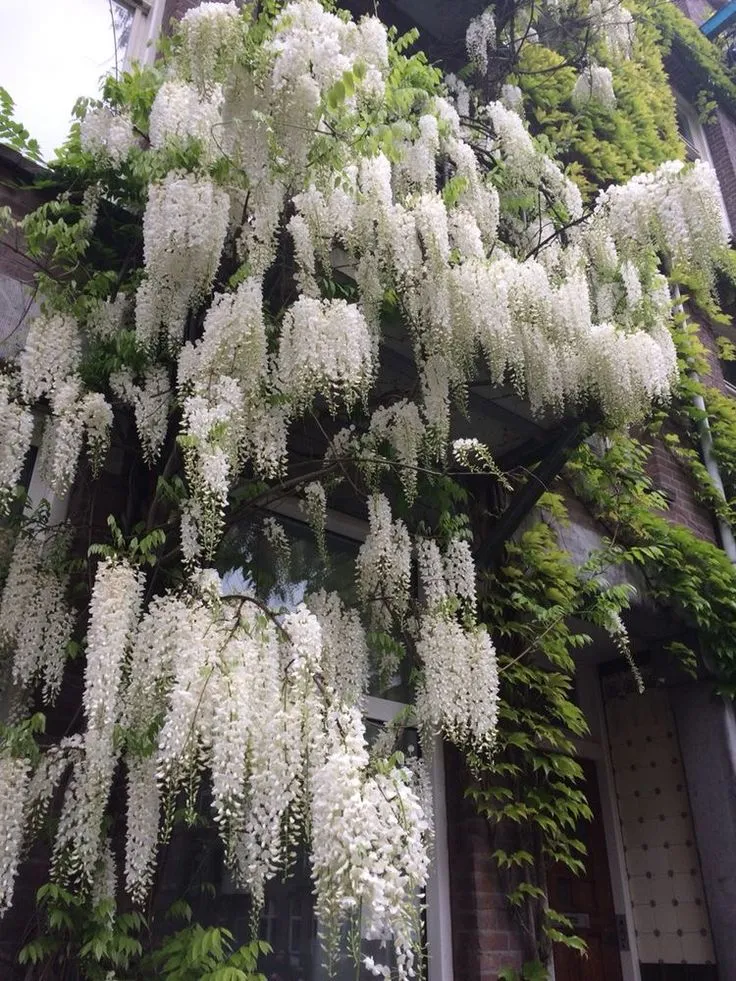
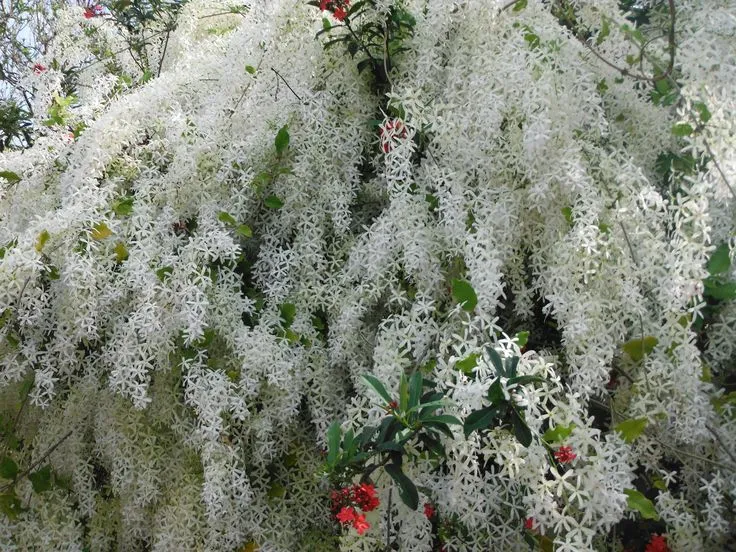
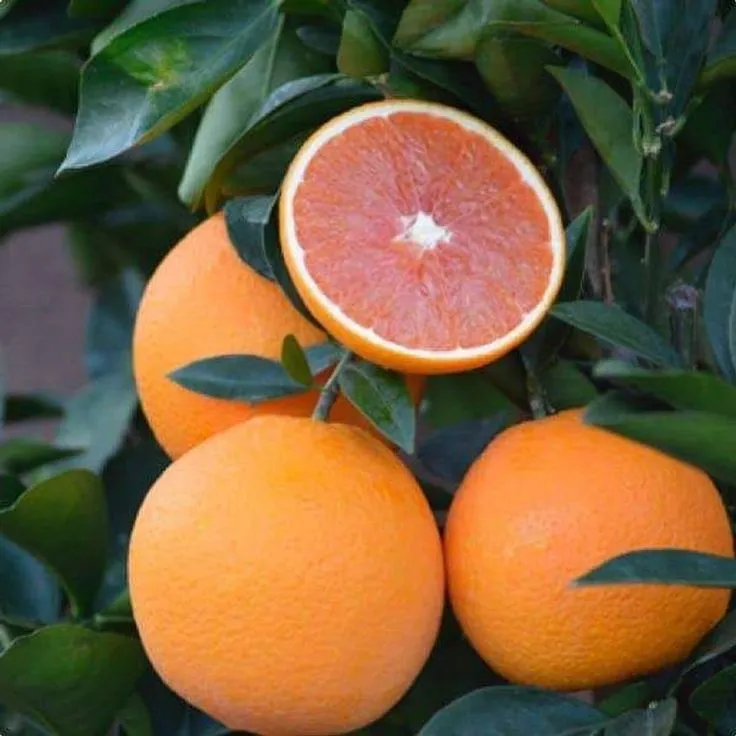
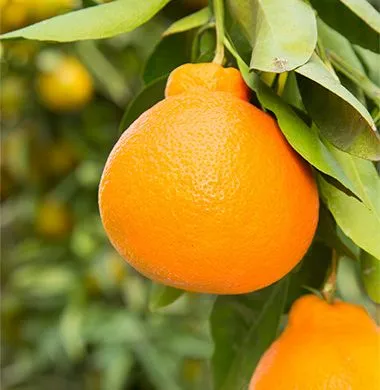
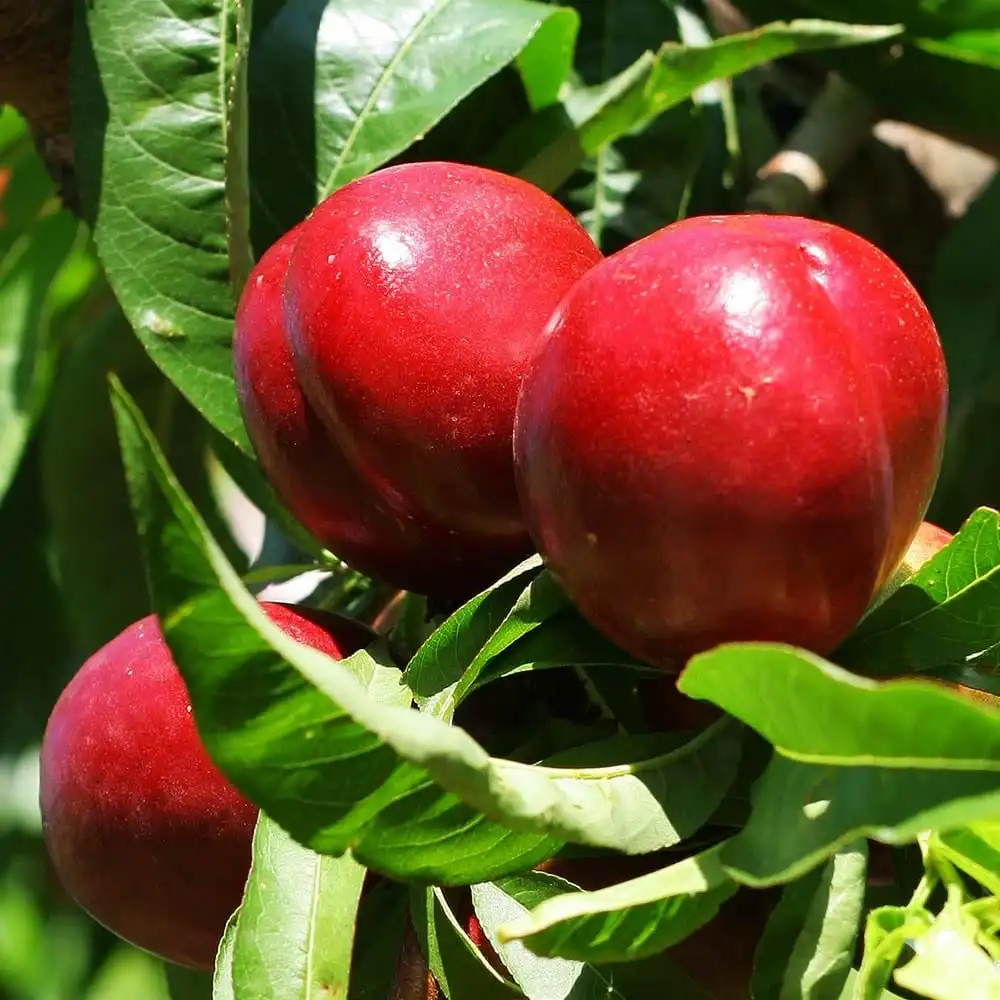
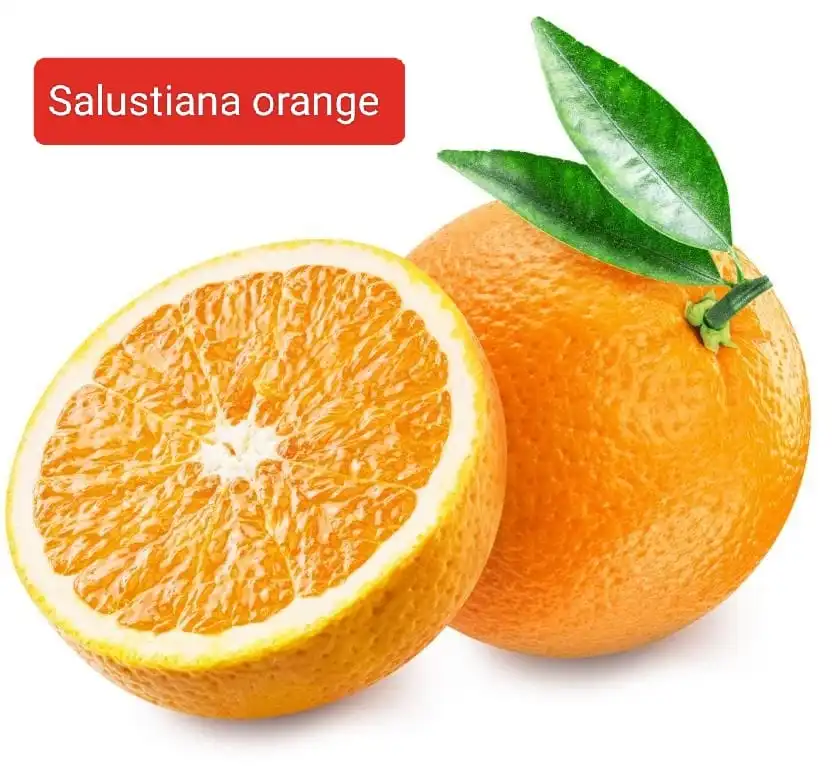
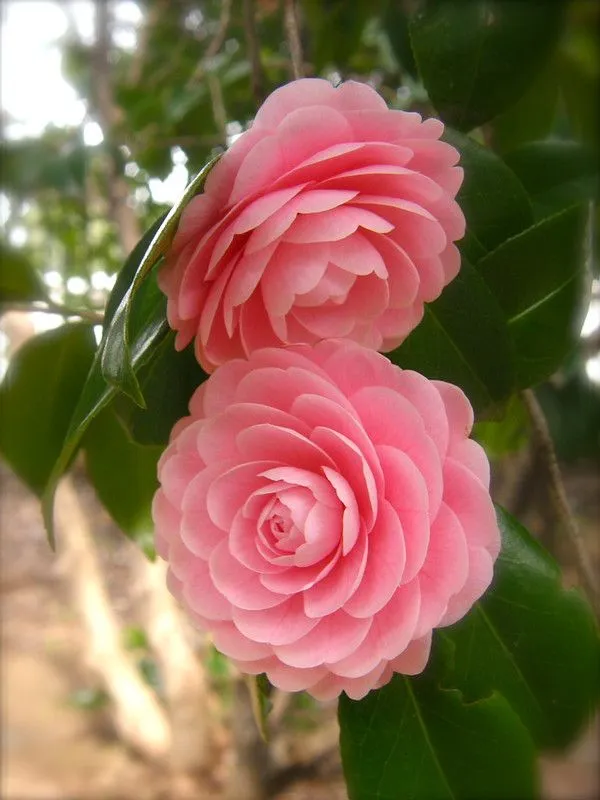
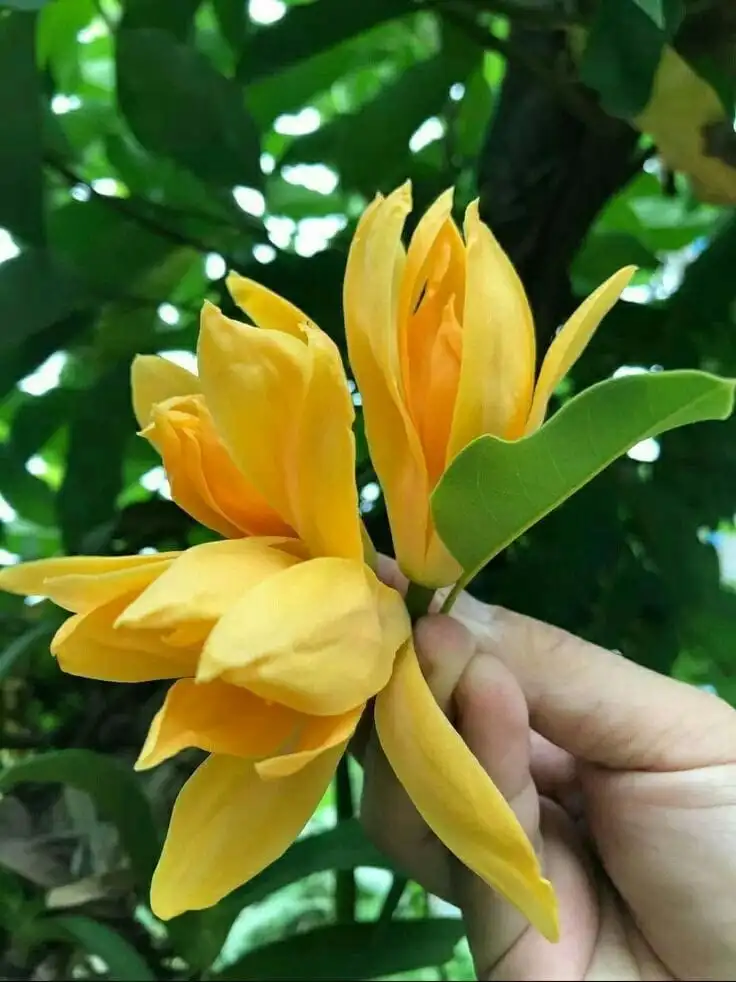


Leave a Reply